Can you plaster over tiles? The experts issue a surprising warning...
...but if you still want to try this retiling alternative, we explain how to do so correctly
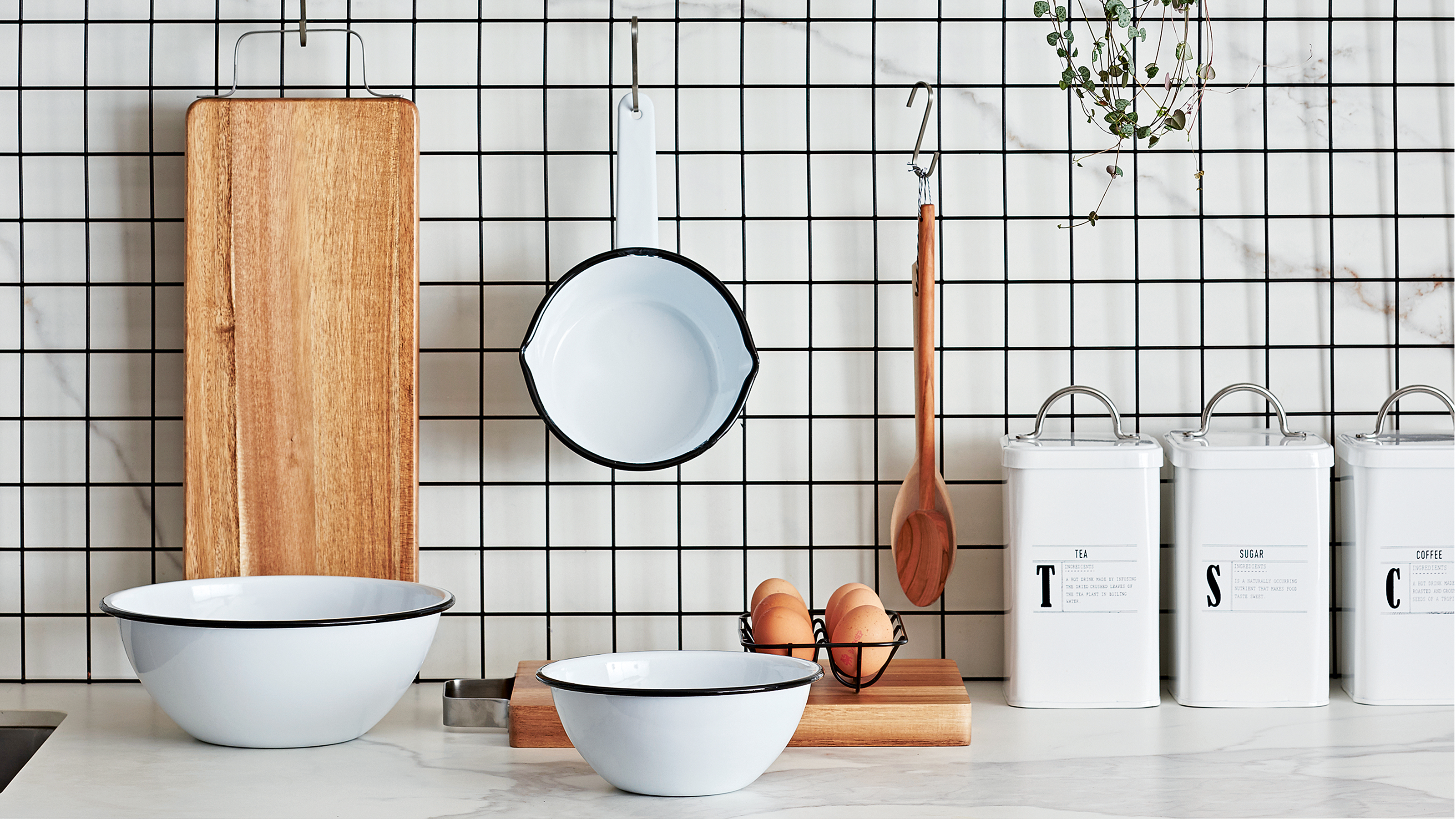

With more and more people counting their pennies and curbing expensive renovations, cheaper DIY alternatives are popping up all over the place. The latest craze? Plastering over tiles! But can you plaster over tiles, and, more importantly, should you?
Whether you’re looking for a budget bathroom idea or you’re hoping to re-design your kitchen, plastering over your existing tile sounds like a new and novel idea. This way, you don’t have to remove the old tiles or fix the damaged surface underneath, and you definitely don’t have to spend weeks finding the right builder for the job.
Not only will this save you money in labour and materials, but plastering over tiles can instantly refresh a cold tiled space, and new plaster and paint really can make a room pop if you choose the right colour.
But is there a reason why professionals haven’t been doing this for decades? We decided to ask our experts whether you can plaster over tiles, and it’s fair to say that we were surprised. They have very strong opinions about it…
Can you plaster over tiles?
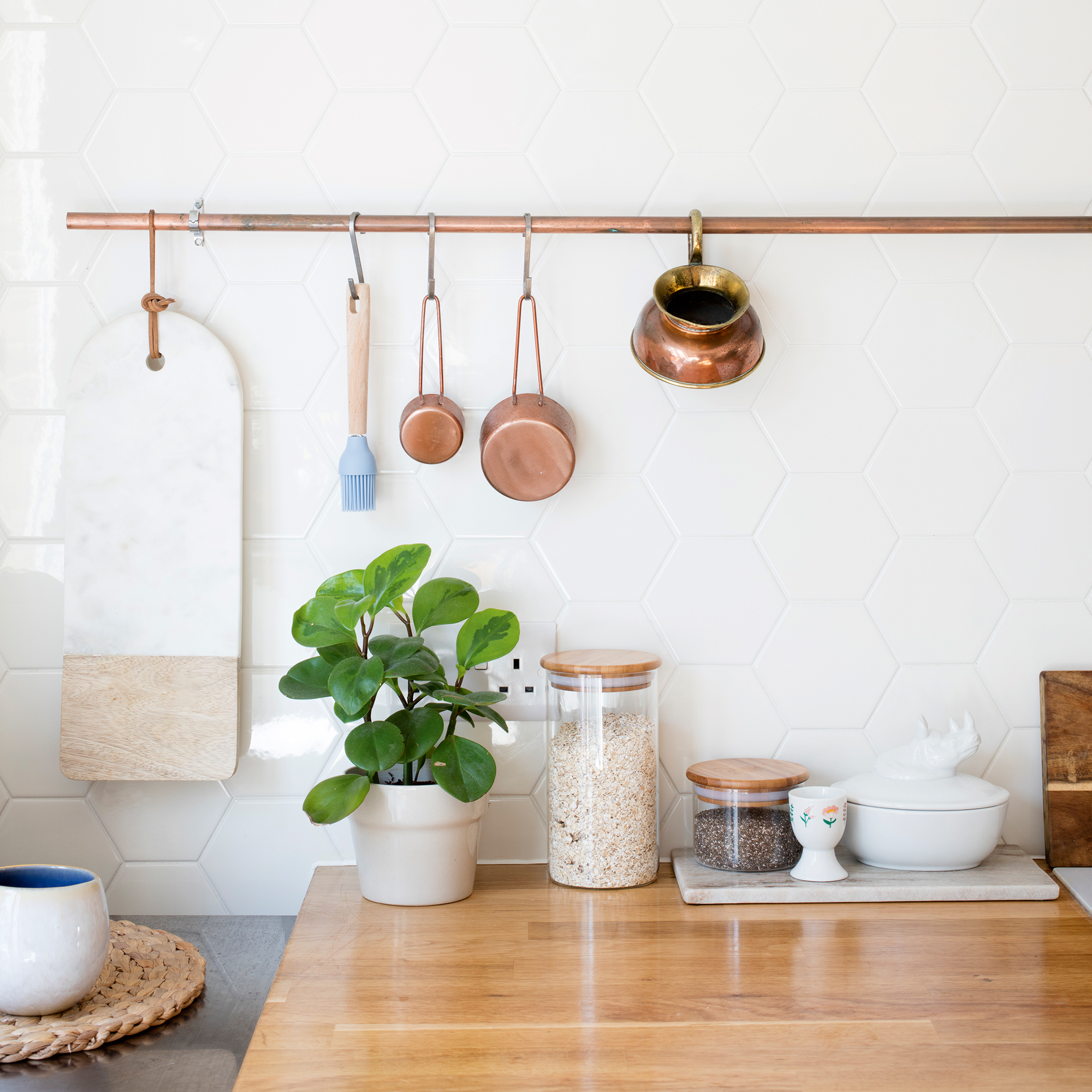
‘There are two main reasons why people may plaster over tiles: time and money,' says Brenna Ryan, a design expert at Victorian Plumbing. 'Plastering over tiles can save you plenty of both, although it’s a tricky process which, if not done correctly, can end up costing more.'
Of course, that small nugget of potential success is enough to let some people run away with the idea. And while this decision could result in a brand-new kitchen, bathroom, or utility room that looks better than you could have ever imagined, it’s also important to understand the downsides of this DIY trend.
In fact, the question of whether you can plaster over tiles is a very personal one. ‘Careful preparation, the right materials, and proper technique are crucial to achieving a successful and lasting result,' explains William Byrne, DIY Expert at ADA Fastfix. 'It may not be suitable for every situation, and in some cases, removing the tiles and preparing a fresh surface may be the more robust option.’
So, it’s best to be confident that your space is suitable for this trending technique before you get started. And we’ve got the low-down on the best way to plaster over tiles with minimal fuss or expense.
How to plaster over tiles
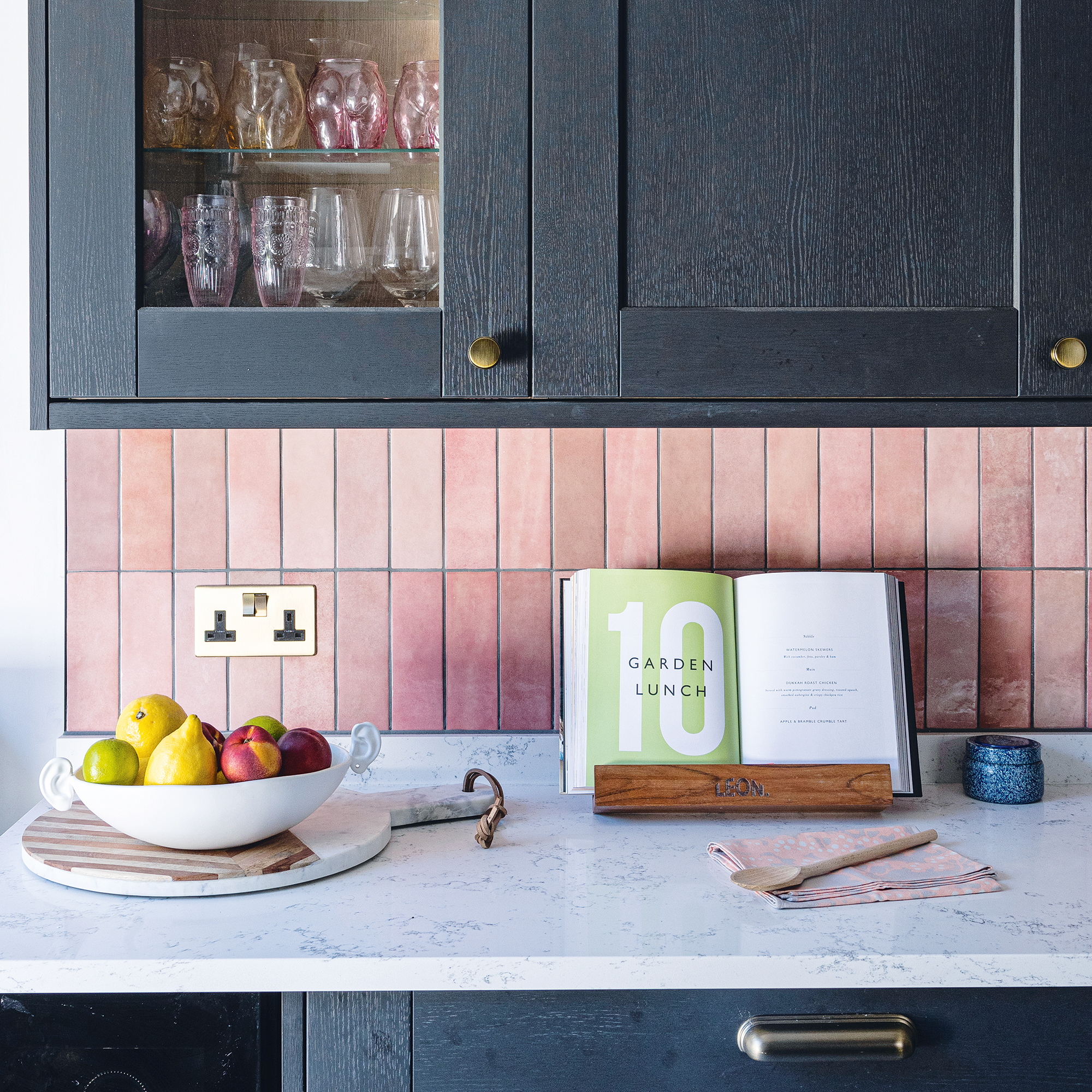
When it comes to plastering over tiles, you need to be sure it’s the right option for you. 'It’s essential to consider certain factors to ensure a successful application,' says William. So, here’s a simple step-by-step guide.
1. Prepare the surface
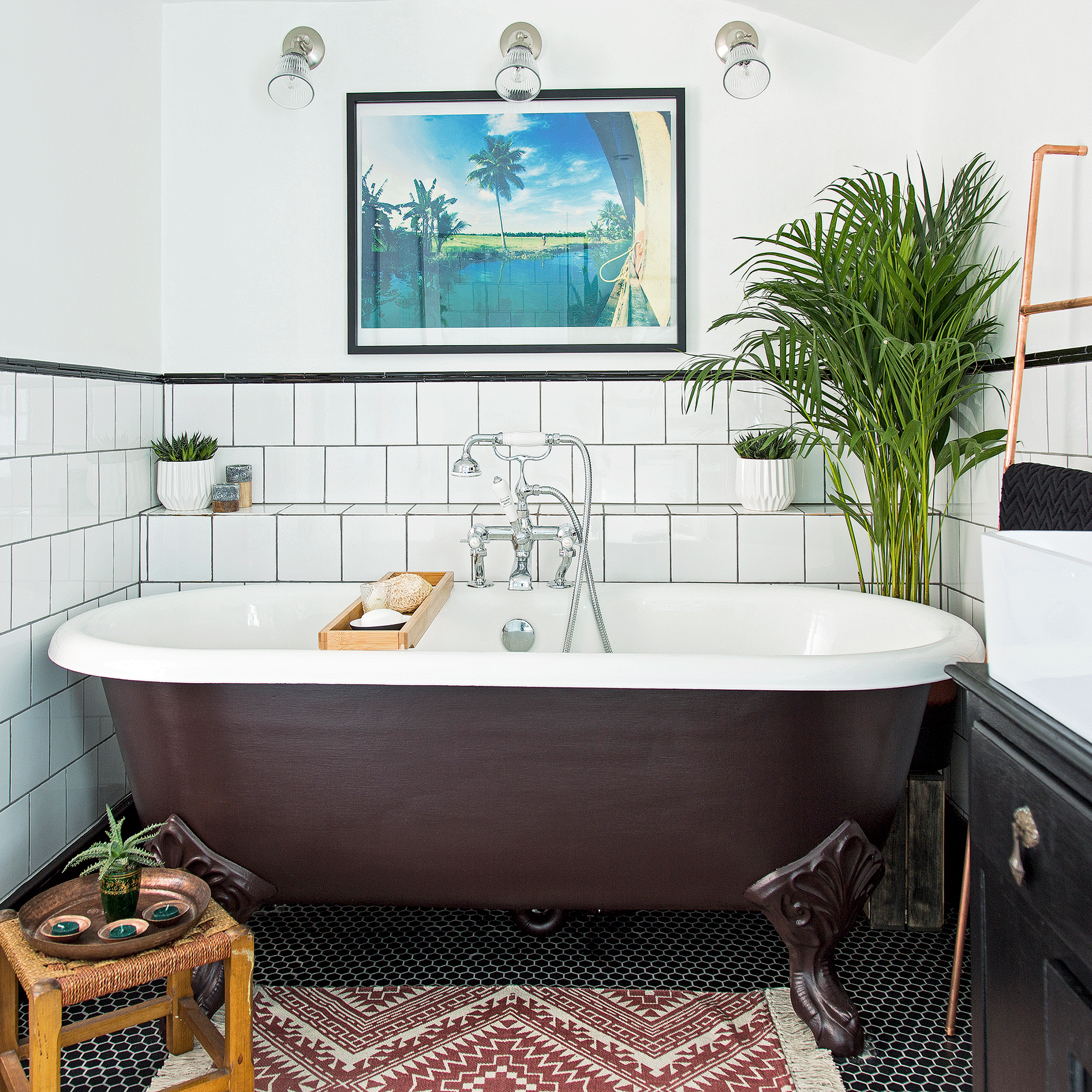
Unfortunately, you can’t just buy bags of plaster and start slathering it over your tiles willy-nilly. It’s important that you prepare your surface for plastering and inspect your tiles before getting started.
To do this, check your tiles with a fine-tooth comb. Look out for any imperfections such as chips, grime, loose grout, or holes in the grout, as the smallest flaw could stop the plaster from sticking. If you find any, make sure you fix your tiles before getting started.
Then, you want to ensure that they’re as clean as possible, so give them a good wipe-over with some sugar soap. You can buy this in either a powder or liquid form, but we find it’s best to use a liquid, such as this Bartoline Flask Sugar Soap Concentrate from Amazon.
If you have rough tiles, this should be enough preparation to help you successfully plaster over tiles. But those with gloss tiles have one more step to complete.
‘If they’re gloss tiles, it makes it a big tricker as you’d then need to dull the surface by sanding them down,’ says Jasmine Gurney, DIY Expert and Educator at Oh Abode.
2. Apply a bonding agent
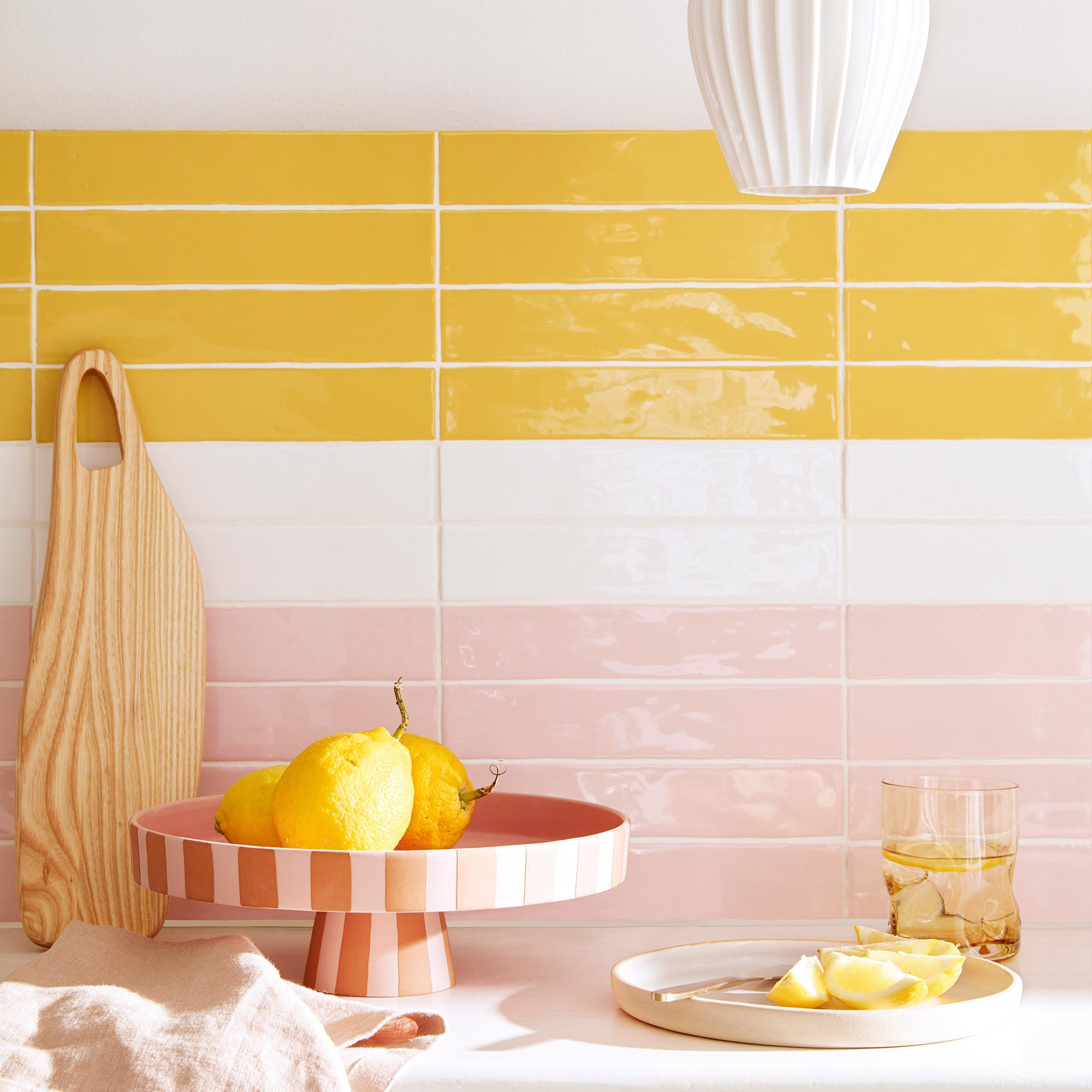
For your best chance of success, it’s best to use a bonding agent before you start plastering over tiles. This essentially acts as glue between the tile and the plaster and should stop the plaster from crumbling or coming loose when it's dry.
'A plaster bonding agent like Febond Blue Grit should be applied over the existing tiles,' guides Brenna from Victorian Plumbing. 'It’s important to give the Blue Grit plenty of time to dry (this can take up to a day or more), or else the plaster simply won’t stick.’
And while applying a bonding agent may sound complicated, it’s a very easy process. In fact, you can just pretend you’re painting. ‘Use a brush or roller over the tiles in a thin, even coat,’ explains Jasmine.
3. Apply plaster in thin layers
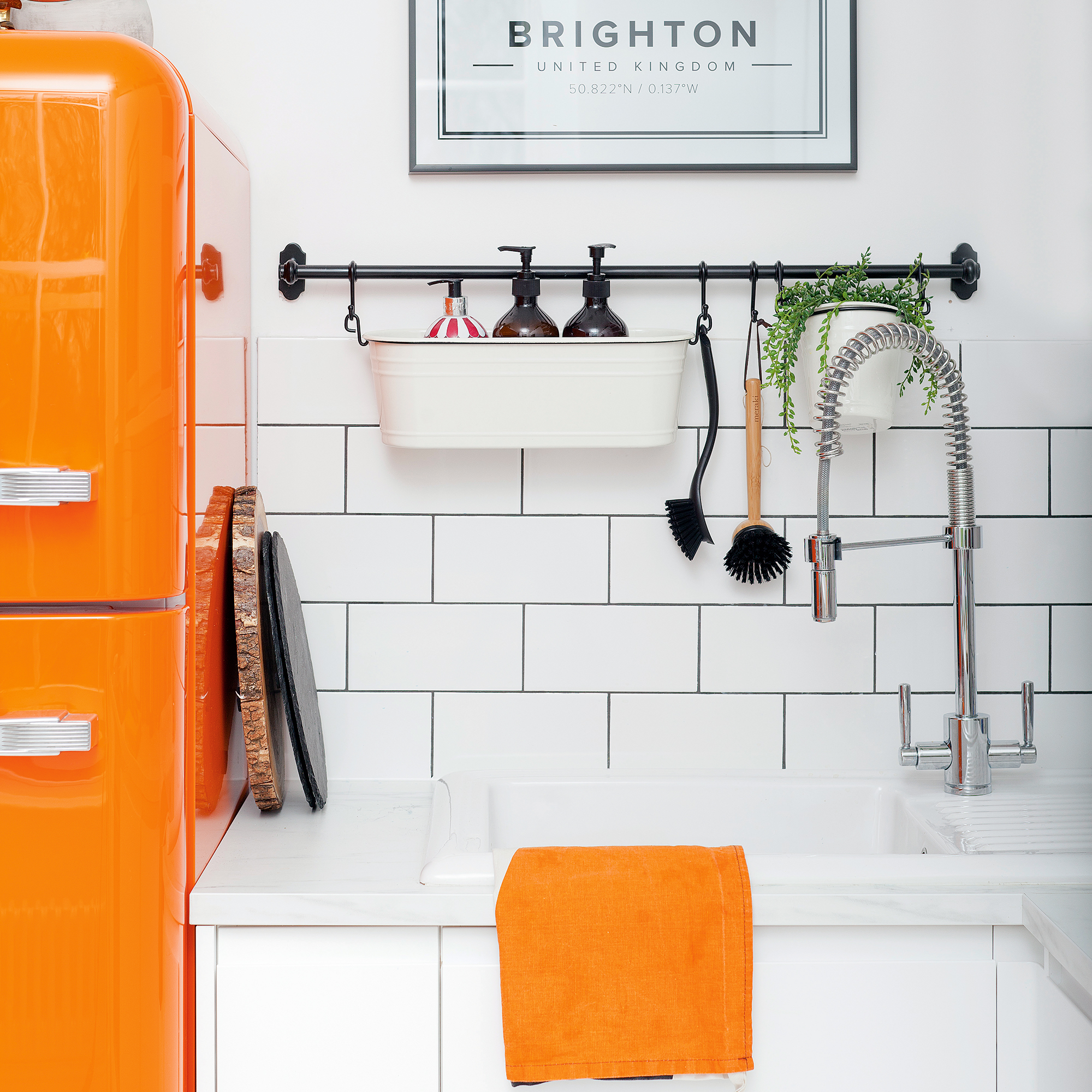
When the bonding agent has had enough time to dry, it’s finally time to apply the plaster. If you want to ensure this plaster sticks to your tiles and looks aesthetically pleasing, though, it’s best to be meticulous with this next step. And DIY expert Jasmine even suggests using two different types of plaster for this process; bonding plaster and multi-finish plaster.
‘Do one coat of bonding plaster, working from the bottom left corner upwards,’ she says. ‘After 20-30 mins of dry time, apply another two coats of a multi-finish plaster, giving around 20-30 mins dry time between them, ensuring all your edges and corners are smooth. These coats and the consistency of the plaster will be thinner than the first.’
When it’s completely dry, your new plastered wall should be a pale pink colour. If any spots look darker than the rest, leave the wall a little longer to dry completely.
Then, you can go ahead and follow instructions on how to paint a room, starting with a mist coat.
Alternatives to plastering over tiles
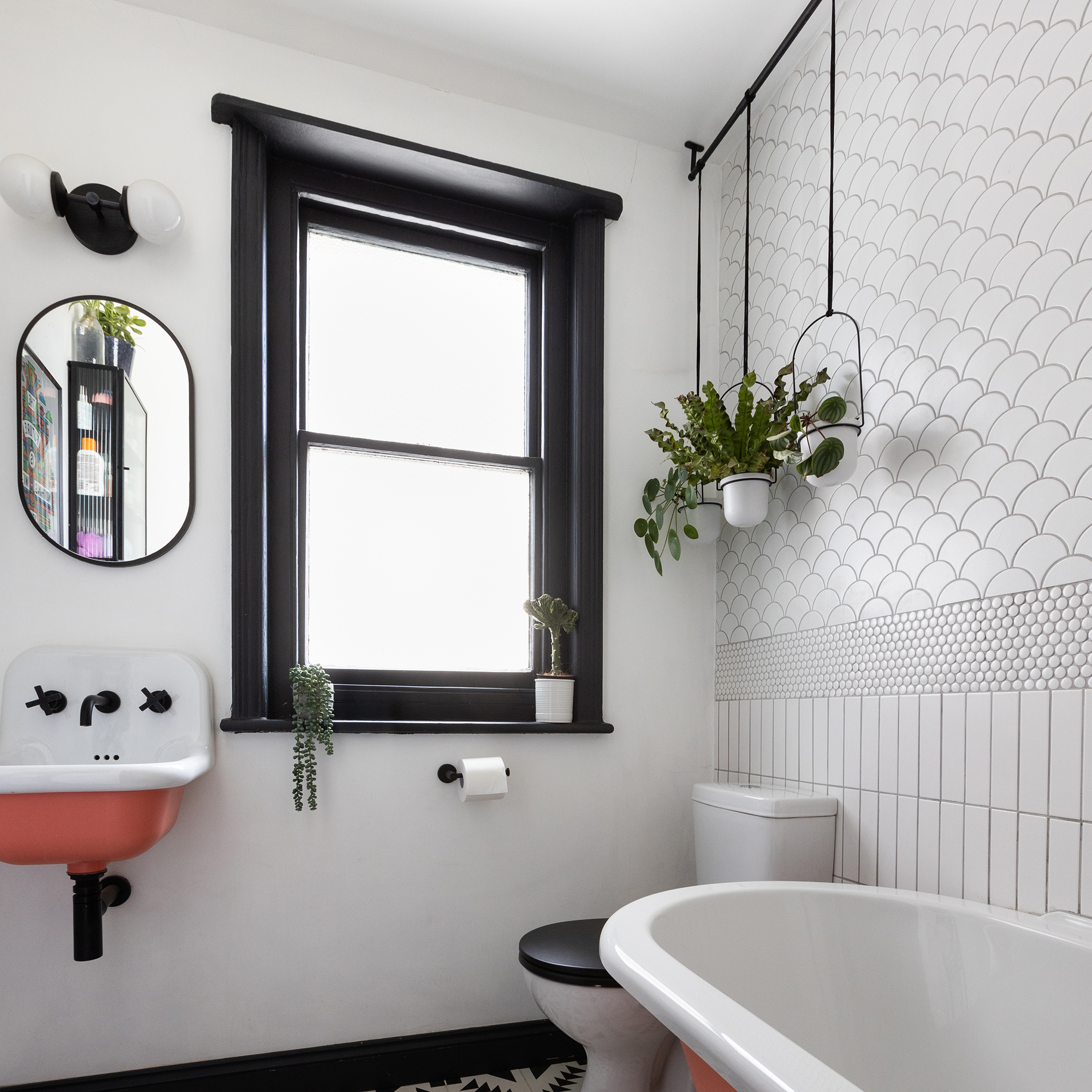
Although it’s possible to plaster over tiles, that doesn’t mean that you should. ‘Just because it is possible, it’s not something I would recommend. It requires a lot more labour and is easy to go wrong if you don’t use the right primer and technique,’ says interior designer Nicole Sage from Sleek-Chic.
And while there’s no doubt that plastering over tiles could potentially be a great way to cover ugly tiles without removing them completely, there are some alternatives you might want to consider instead.
Paint your tiles: If your tiles are in good condition, painting your bathroom tiles or painting your kitchen tiles could be a great alternative to plastering over them. You could just give them a refresh or go completely left-field and opt for a bold pop of colour, or even use stencils to incorporate a fun design.
Cover with wall panels: ‘If you are wanting to replace existing tiles with a similar wall covering, a solution like wall panels is a better alternative as it’s affordable and can be stuck directly onto tiles without having to remove them,’ says Nicole. In fact, applying wall panels is incredibly easy.
Apply tile stickers: Those on a budget or those living in rented accommodation could definitely benefit from applying tile stickers. Not only are they an inexpensive alternative to plastering over tiles, but they are also easily removable. So, you can switch them out for something else if you’re someone who loves to change their design aesthetic on a regular basis.
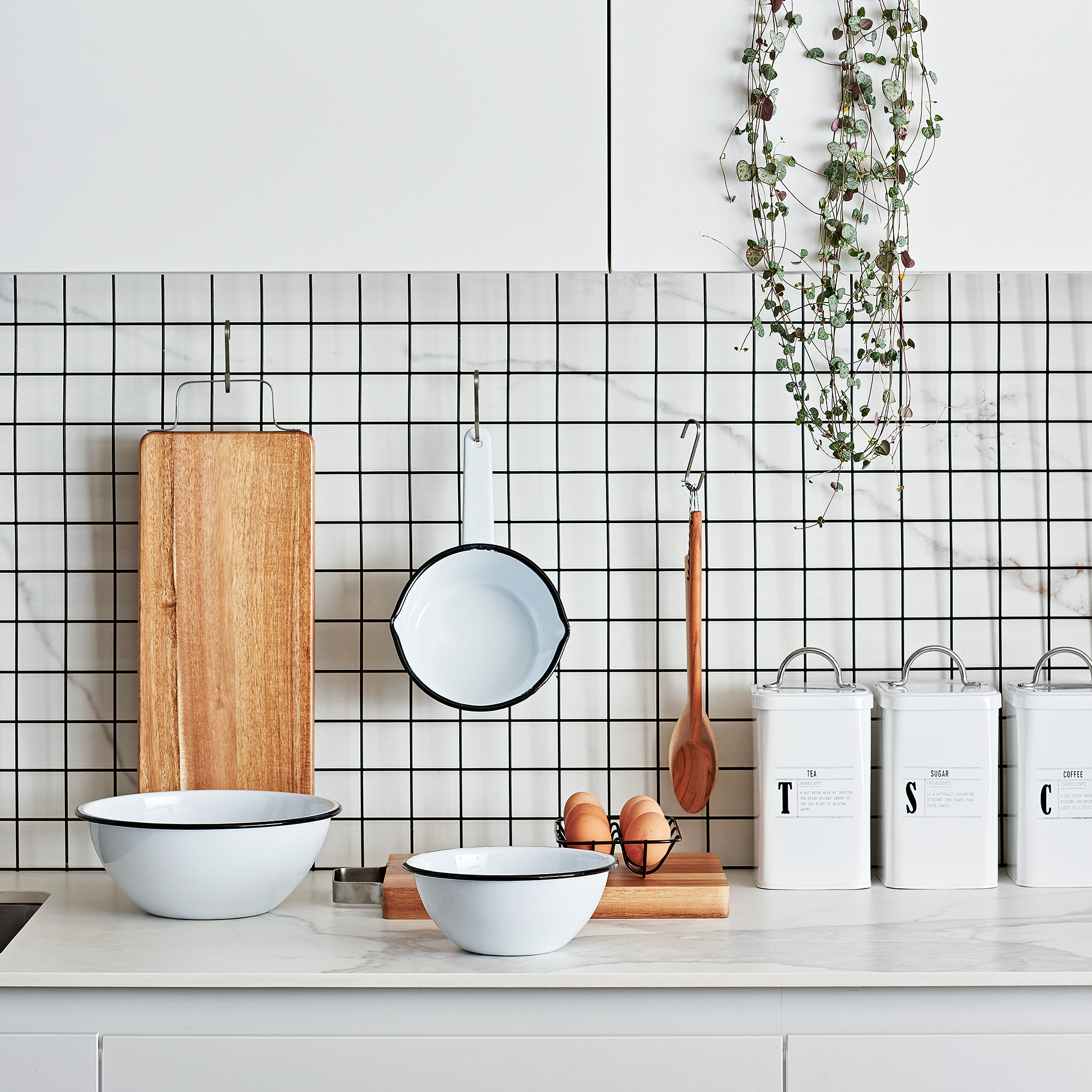
FAQs
How do you cover wall tiles without removing them?
There are so many ways to cover wall tiles without removing them, but it’s important to choose the right option for the tiles that you have. And while you can plaster over tiles, most experts don’t recommend it. Instead, you might want to focus your attention on using tile stickers, covering tiles with wall panels, or simply painting over your tiles. Of course, if your tiles are in bad condition, it’ll probably work in your favour to remove them completely.
Will plaster come off tiles?
As plaster is water soluble, it should come off tiles if you know how to clean it properly. Most of the time, a simple solution of hot water and soap should do the trick, but you’ll need a tough brush with firm bristles to get right into the dry plaster. If this doesn’t work, you can buy products specifically designed to remove plaster from tiles.
Get the Ideal Home Newsletter
Sign up to our newsletter for style and decor inspiration, house makeovers, project advice and more.

Lauren Bradbury has been the Content Editor for the House Manual section since January 2025 but worked with the team as a freelancer for a year and a half before that. She graduated with a Bachelor’s degree in English and Creative Writing from the University of Chichester in 2016. Then, she dipped her toe into the world of content writing, primarily focusing on home content. After years of agency work, she decided to take the plunge and become a full-time freelancer for online publications, including Real Homes and Ideal Home, before taking on this permanent role. Now, she spends her days searching for the best decluttering and cleaning hacks and creating handy how-to guides for homeowners and renters alike, as well as testing vacuums as part of her role as the Ideal Home Certified Expert in Training on Vacuums, having spent over 110 hours testing different vacuum models to date!
-
 My go-to Ninja coffee machine is on sale for Easter weekend
My go-to Ninja coffee machine is on sale for Easter weekendIt makes coffee shop quality achievable at home
By Molly Cleary
-
 When to plant out annual flowering plants for vibrant, colourful garden borders – and give them the best start, according to experts
When to plant out annual flowering plants for vibrant, colourful garden borders – and give them the best start, according to expertsNot sure when to plant out annual flowering plants? We've got you covered...
By Kayleigh Dray
-
 I'm a kitchen decor editor and didn't like this tableware trend - until I saw H&M Home's designer-look plates
I'm a kitchen decor editor and didn't like this tableware trend - until I saw H&M Home's designer-look platesThey made it easy to justify a new crockery set
By Holly Cockburn